The SanDisk Ultra Fit is slender enough to set and forget.
Flash drives are one of those things many people don't think about often, but they can be incredibly useful for storing personal files, photos, music, and anything else you might want a backup of without relying on the internet. They can even work as a handy way to add some extra backup storage to your laptop or PC without breaking the bank. That's where slim and low-profile drives come in, allowing you to slip one into your PC without the burden of a stick jutting out.
One of the mainstays in flash drives is SanDisk, and the company's Ultra Fit line is its take on low-profile drives. Available in several sizes, the Ultra Fit is an affordable way to nab some extremely pocketable extra storage. That is, as long as you don't need the most durable drive out there.
So is the SanDisk Ultra Fit worth calling one of the best USB flash drives? Read on to find out.
SanDisk Ultra Fit USB 3.1 flash drive
Bottom line: The SanDisk Ultra Fit is a no-frills low-profile flash drive that will get the job done. Despite a questionably thin plastic housing, it's worth picking up if you just need a basic semi-permanent storage drive.
The Good
- Super-slim design
- Plenty of storage sizes
- Decent USB 3.1 speeds
The Bad
- Thin plastic construction
- Small size makes it easy to lose
- Slower than some other USB 3.1 drives
SanDisk Ultra Fit USB 3.1 flash drive: Price and availability
The SanDisk Ultra Fit is one of the cheapest USB flash drives you can get your hands on across several different sizes. It's available in 16GB, 32GB, 64GB, 128GB, 256GB, and 512GB capacities. The drive is rated for up to 130 MB/s speeds on every size from 32GB and up, but the 16GB model is only promised to be faster than USB 2.0 speeds.
Prices start at $7 for the 16GB model and range up to just under $58 for the 512GB capacity. The drives are frequently on sale, and the 256GB model reviewed here goes for $29.
SanDisk Ultra Fit USB 3.1 flash drive: What's good
As a low-profile drive, the SanDisk Ultra Fit is excellent. It's an incredibly slim drive, allowing it to easily be tucked into a USB port on a laptop or desktop and left there without issue. While it's certainly not as hidden as an SD card would be, its design allows it to blend in well, especially if you have a black laptop.
One especially nice feature of SanDisk's design is the included hole for a lanyard or keychain. That's a mainstay for most flash drives, but this one has the added benefit of giving you a much-needed grip for removing the drive. Because it arcs upward, there's just enough of a lip to make removal a non-issue, which isn't something you can say about every low-profile drive.
The SanDisk Ultra Fit is one of the slimmest flash drives out there.
The SanDisk Ultra Fit definitely isn't the fastest USB 3.1 drive available, but it is speedy in its own right. Running a synthetic benchmark, I saw speeds top out at 142 MB/s read and 72 MB/s write, which is slightly above what SanDisk advertises. In a real-world test transferring a 5GB video file, write speeds capped at around 64 MB/s.
In other words, the SanDisk Ultra Fit should do an excellent job at the what you'd want to use a low-profile drive for: semi-permanent storage. The speeds are more than adequate to quickly read and move around music files, photos, and other personal documents. Its size makes it an easy choice for tight quarters, such as in a car, as well.
Finally, if you have extra-sensitive files to store away, SanDisk packs in its SecureAccess software as well. The program is available on the drive when you first insert it, and it allows you to password protect files within a personal vault. If you're concerned about security, this is a nice little bonus feature.
SanDisk Ultra Fit USB 3.1 flash drive: What's not good
SanDisk is a reliable name in storage for a reason, but there are some minor quibbles worth noting with this particular drive. The most obvious thing you'll notice when you first free the Ultra Fit from its packaging is the build quality. Instead of a typical metal housing for the USB plug itself, SanDisk has gone with plastic here.
While plastic isn't bad on its face, the plastic on the bottom portion of this drive is incredibly thin. Because the drive is likely to be used in semi-permanent setups, that may not be an issue. However, I do worry about long-term durability with a housing that's this thin on one side.
The other caveat is one that accompanies every low-profile flash drive: be sure you have a way to keep track of it. Whether that means placing it in a USB port and never removing it, or attaching a lanyard or keychain to the lip, this thing is so small that you'll be glad you did. As someone prone to losing even normal-sized flash drives (and I doubt I'm alone), this is my number one concern with low-profile models.
Finally, there's no activity light to be seen on this drive. That won't be a deal-breaker for most people, but it's worth keeping in mind. If you absolutely need a visual cue when the drive is working, you won't find one here.
SanDisk Ultra Fit USB 3.1 flash drive: Competition
The world of slim flash drives isn't small; there are plenty of alternatives out there that are worth considering. One of the main competitors that sets itself apart in a few different ways is the Samsung FIT Plus. Not only is it of a sturdier build quality, but it tops out with sequential read speeds of 400 MB/s, which dwarfs the SanDisk Ultra Fit's.
In real-world performance, the two are likely to perform very similar, however. The Samsung FIT Plus managed to hit write speeds around 60 MB/s in the same real-world video file transfer test as the SanDisk Ultra Fit, making the difference negligible. If you plan to frequently remove the drive, you'll find the SanDisk Ultra Fit easier to grip as well thanks to its raised lip.
Another option in the low-profile space is the PNY Elite-X Fit. It's also a USB 3.1 drive and is available in a range of sizes. You'll see higher rated speeds here of 200 MB/s, but it also comes kitted out with a texture that makes it easy to grip.
In either case, the difference in pricing isn't vast. The Samsung FIT Plus is a bit more expensive on some capacities and lower on others, starting at $10 for 32GB and going up to $42 for the 256GB model. The PNY Elite-X Fit, meanwhile, comes in at $14 for a 64GB model and goes up to $70 for a 512GB option.
SanDisk Ultra Fit USB 3.1 flash drive: Should you buy it?
You should buy this if ...
- You want one of the slimmest drives available
- You don't need the absolute fastest speeds
- You're looking for a variety of sizes
- You want a tried-and-true brand
You shouldn't buy this if...
- You want the absolute fastest speeds
- You value durability above all else
- You're prone to losing flash drives
- You need storage for more robust tasks
If you want one of the slimmest flash drives you can get your hands on, you can't go wrong with the SanDisk Ultra Fit. It's available in a bunch of different capacities, and it's super affordable to boot. SanDisk is also one of the most recognized brands in storage for a reason, so you know you're getting a reliable product.
The SanDisk Ultra Fit is an excellent choice for lots of passive, semi-permanent storage uses, like backing up documents and media, particularly if you value the security offered by SanDisk SecureAccess. For more intense tasks that USB drives aren't great for, like storing your Steam library or video editing, you're much better off going with one of the best external solid state drives. However, the value here is great considering you can snag a decent amount of storage for around $10.
SanDisk Ultra Fit USB 3.1 flash drive
Bottom line: The SanDisk Ultra Fit is a solid choice if you want a basic, low-profile flash drive to add to your PC. The plastic construction doesn't feel sturdy, but for the price, you can't go wrong if you don't plan on putting it through any abuse.

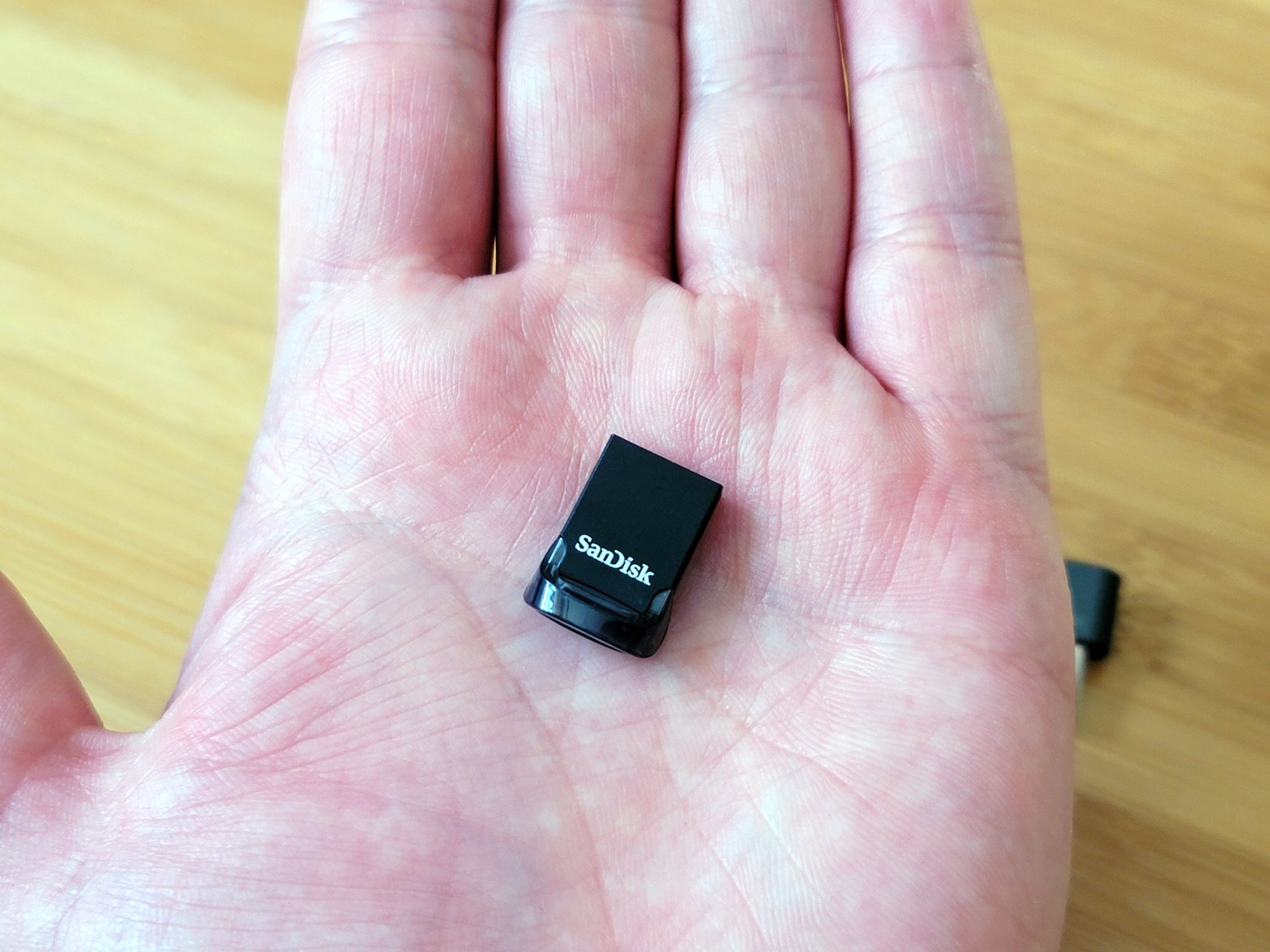
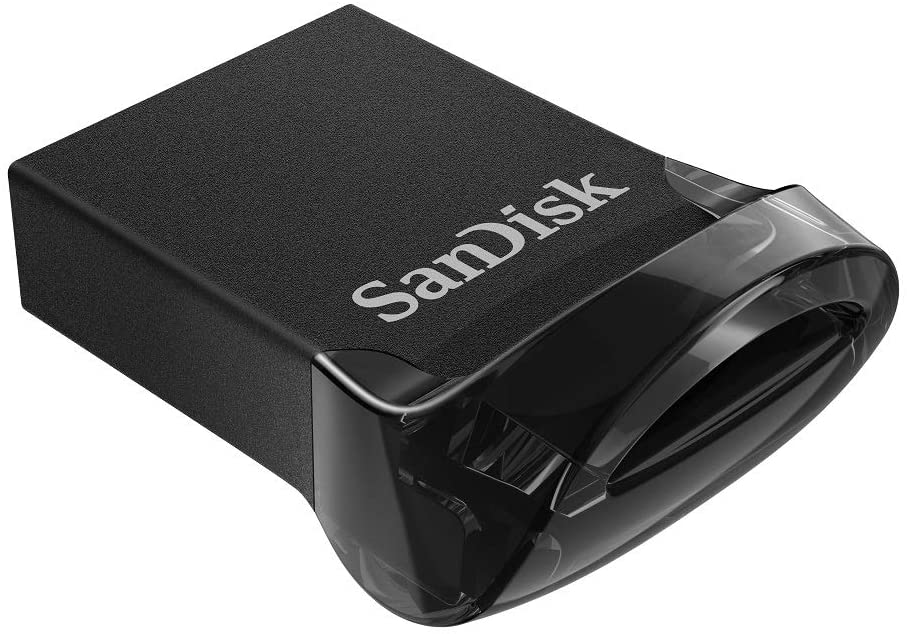
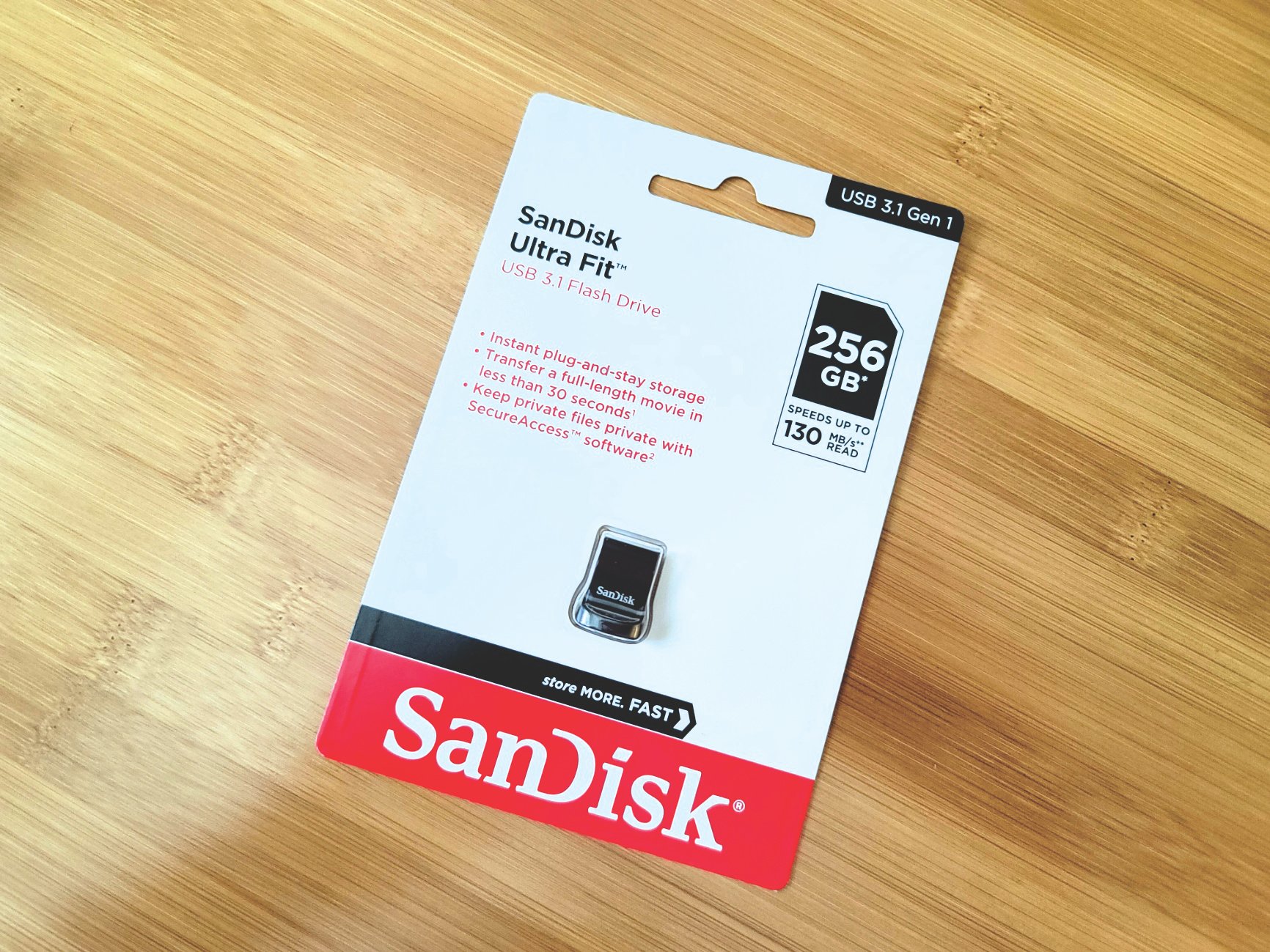
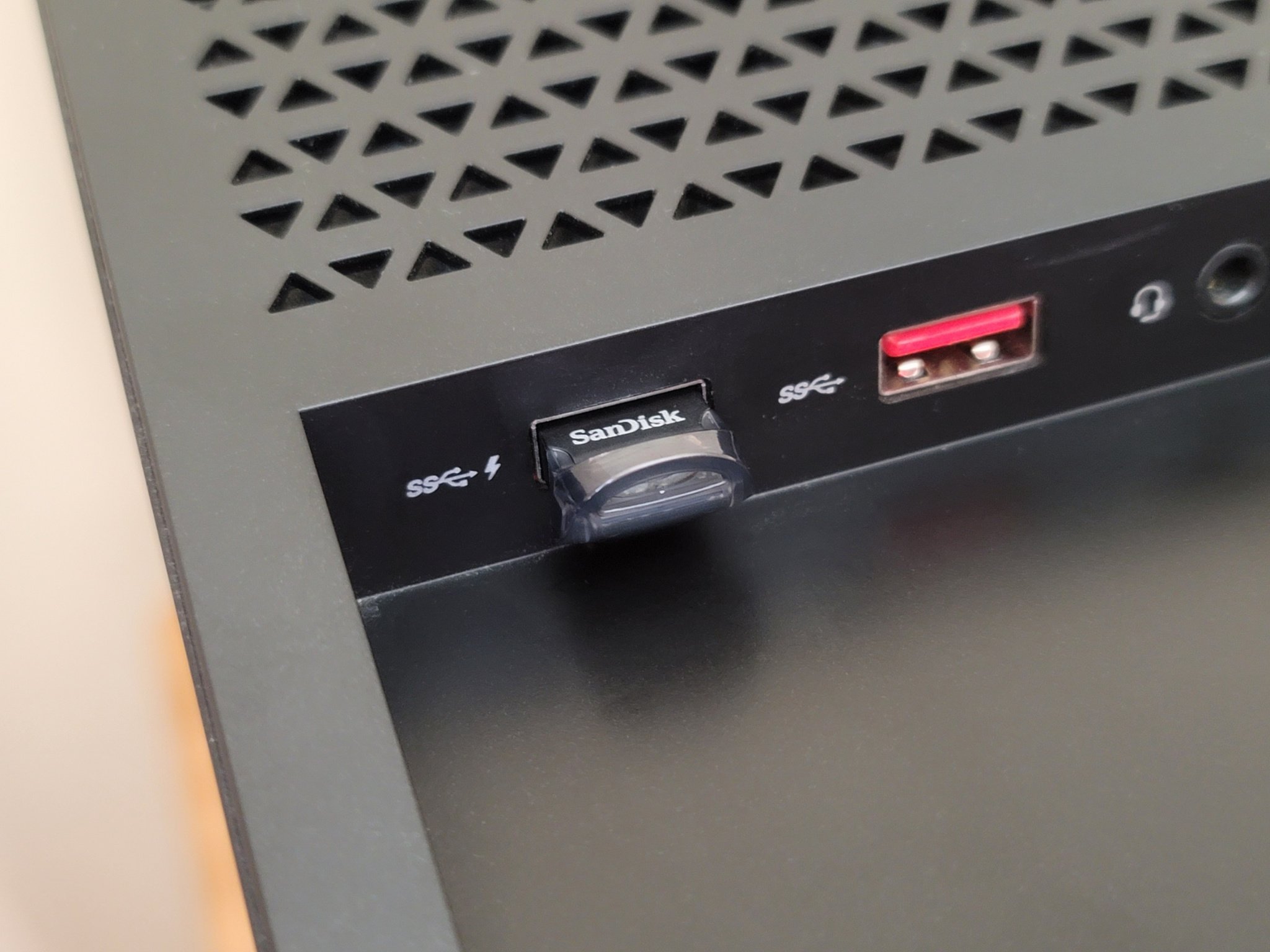
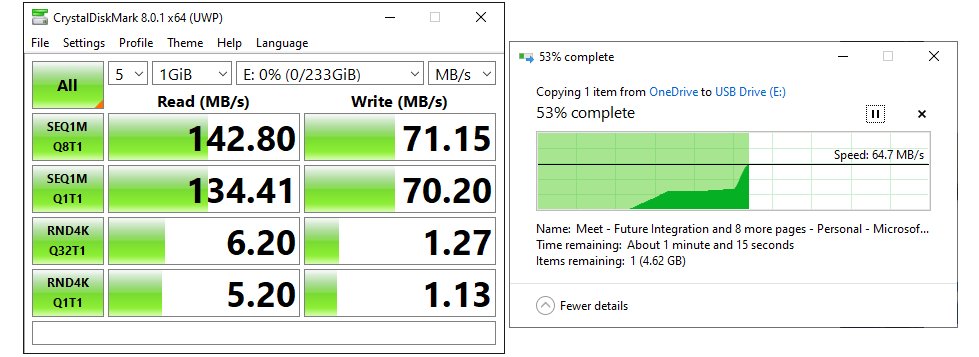

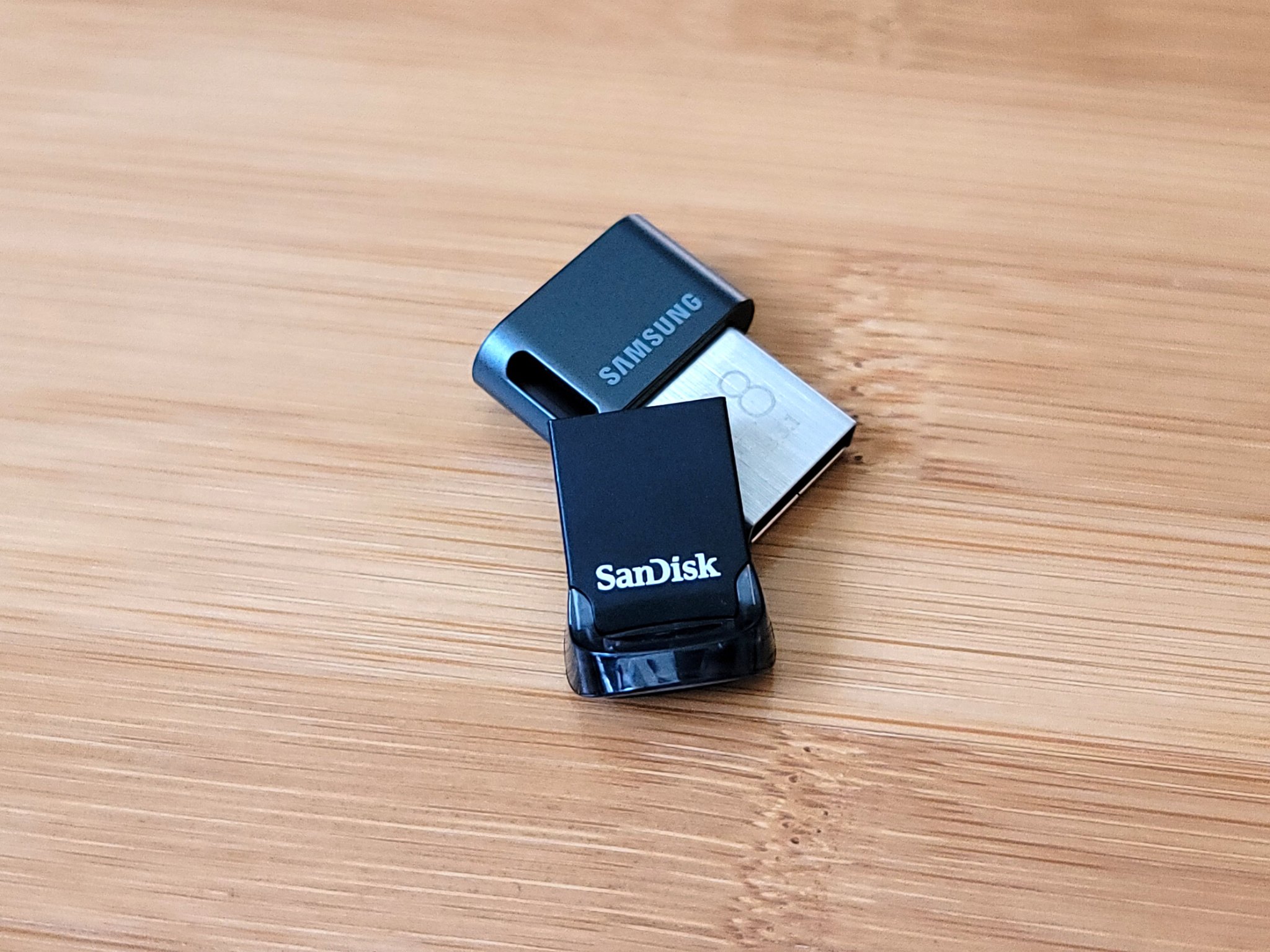





0 comments:
Post a Comment